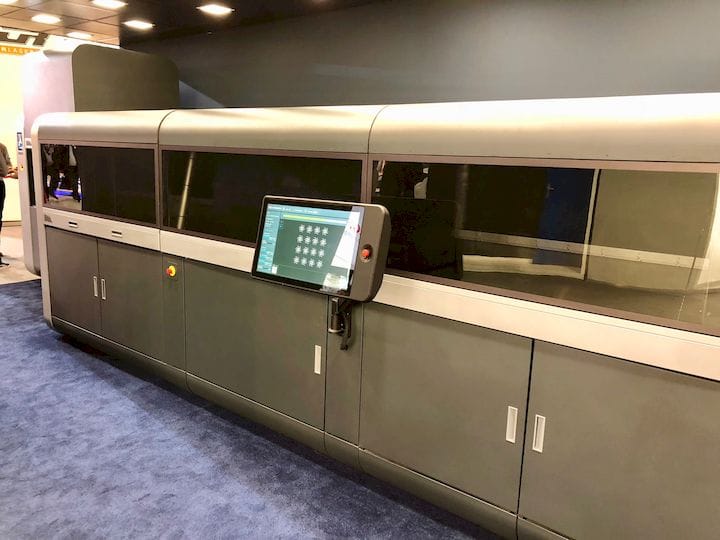![A prototype of Desktop Metal’s upcoming manufacturing system [Source: Fabbaloo]](https://fabbaloo.com/wp-content/uploads/2020/05/image-asset_img_5eb0a590e0da9.jpg)
A provocative article in Forbes discusses how 3D printing could explode in future years.
The article, written by Forbes contributor and RiskHedge chief analyst Stephen McBride, contrasts two unusual market situations: the dot-com boom and bust of 2000, and the current state of affairs in 3D printing.
Here’s the “boom and bust” stock price cycle circa 2000, where all those crazy startup companies pushed things well past the limit of rationality and dragged oh-so-much cash into the abyss:
![Bad things happened during the dot-com boom and bust [Source: RiskHedge via Forbes]](https://fabbaloo.com/wp-content/uploads/2020/05/image-asset_img_5eb0a5915a236.jpg)
Looks bad, doesn’t it.
But then this is what happened afterwards:
![After the dot-com crash, there was a boom [Source: RiskHedge via Forbes]](https://fabbaloo.com/wp-content/uploads/2020/05/image-asset_img_5eb0a591a1c73.jpg)
The surviving companies went on to expand and solidify their markets and products. Many of these companies are instantly recognizable today: Google, Amazon, Apple and others. They are among the largest companies in existence today, and their products and services are key to today’s society.
McBride then shows the stock price chart of 3D printer companies circa 2010-2018:
![The 3D printing stock crash of 2014 after consumers lost interest [Source: RiskHedge via Forbes]](https://fabbaloo.com/wp-content/uploads/2020/05/image-asset_img_5eb0a591ee0aa.jpg)
This, we are quite familiar with. The precipitous drop is of course due to the collapse of the “consumer 3D printing craze” started in 2009 by MakerBot as a powerful marketing strategy. It was so successful it was picked up by most other desktop 3D printer startups and even long-time industry giants like 3D Systems. In the end it collapsed because the equipment, software and indeed ecosystem was simply unready for consumer use. Some people and companies made a staggering amount of money in the process, but most investors lost heavily.
McBride proposes that the post dot-com recovery may presage a similar recovery for the 3D printing industry.
Could this actually happen?
I think there are two powerful arguments in favor of this possibility.
First, it is known that 3D printing, up to now, has largely been used for one-off prototyping and a small amount of low-volume manufacturing. But this use, though large, is a mere speck compared to the truly gigantic amount of manufacturing taking place on our planet today. HP likes to describe the manufacturing market opportunity as US$12T (yes, “T”). That’s big.
Could the survivors of the consumer 3D printing crash move into this enormous market? In fact, they are. While virtually all 3D printer manufacturers operating in the consumer sphere have now shifted to educational or professional markets, there are a number of companies, notably Stratasys, EOS, HP, and several others that are specifically focusing on engaging in true, large-scale manufacturing.
If they succeed, then McBride’s prediction could indeed occur.
![The Gartner Hype Cycle concept [Source: Gartner]](https://fabbaloo.com/wp-content/uploads/2020/05/image-asset_img_5eb0a5924e08b.png)
One other argument in favor of the growth is that these stock market curves directly parallel Gartner’s famous “Hype Cycle”, where new ideas very often have an initial boost in interest, where fans overly imagine what might be possible, only to discover the technology actually isn’t magic. A market backlash results, which Gartner calls the “Trough of Disillusionment”. But after that surviving companies gradually figure out how to really apply the technology to widespread issues in a profitable manner. Growth resumes.
That’s what happened during and after the dot-com boom / bust, and what may happen to 3D printing in years to come.
Start investing now.
Via Forbes











A manufacturing-as-a-service company has developed a way to 3D print continuous carbon fiber in a production setting.